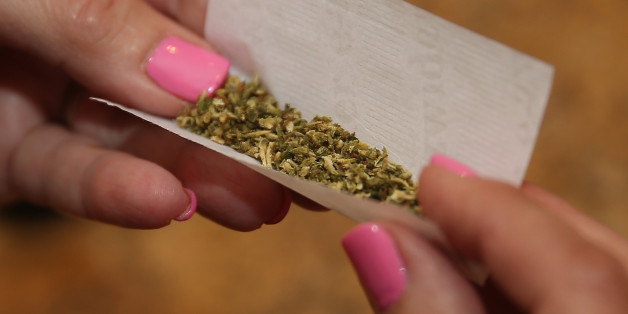
“Depression and pain co-exist in almost 80% of patients and are associated with impaired health-related quality of life, often contributing to high mortality. However, the majority of patients who suffer from the comorbid depression and pain are not responsive to pharmacological treatments that address either pain or depression, making this comorbidity disorder a heavy burden on patients and society.
In ancient times, this depression-pain comorbidity was treated using extracts of the Cannabis sativa plant, known now as marijuana and the mode of action of Δ9‑tetrahydrocannabinol, the active cannabinoid ingredient of marijuana, has only recently become known, with the identification of cannabinoidreceptor type 1 (CB1) and CB2.
Subsequent investigations led to the identification of endocannabinoids, anandamide and 2-arachidonoylglycerol, which exert cannabinomimetic effects through the CB1 and CB2 receptors, which are located on presynaptic membranes in the central nervous system and in peripheral tissues, respectively.
These endocannabinoids are produced from membrane lipids and are lipohilic molecules that are synthesized on demand and are eliminated rapidly after their usage by hydrolyzing enzymes.
Clinical studies revealed altered endocannabinoid signaling in patients with chronic pain.
Considerable evidence suggested the involvement of the endocannabinoid system in eliciting potent effects on neurotransmission, neuroendocrine, and inflammatory processes, which are known to be deranged in depression and chronic pain.
Several synthetic cannabinomimetic drugs are being developed to treat pain and depression. However, the precise mode of action of endocannabinoids on different targets in the body and whether their effects on pain and depression follow the same or different pathways, remains to be determined.”



